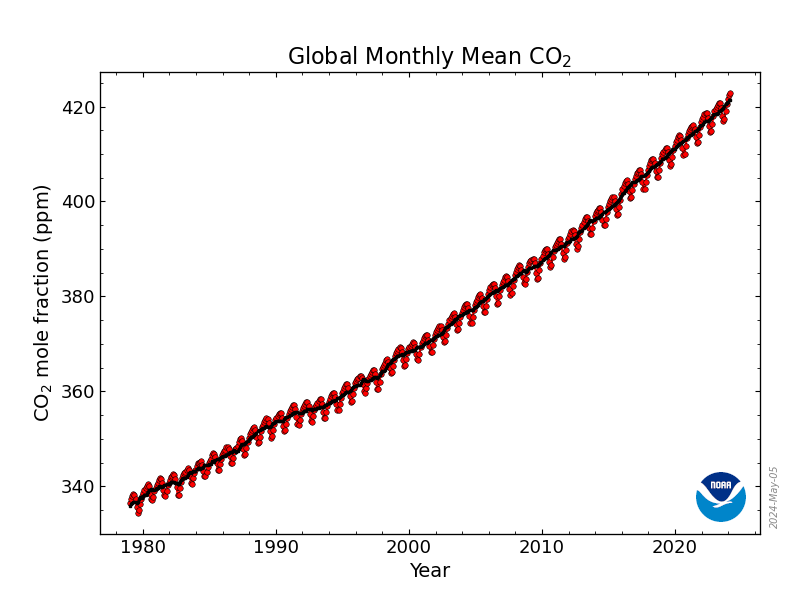The complexity of coulpling in fluid rich, high pressure, rock systems by Dr Florian Fusseis and his team
 |
| Type of setup used for an X-ray tomography (Fusseis et al 2012) |
Florian Fusseis and his team are using 2 types of experiments. The first is an older technique: the black box experiment. This involves placing a cylinder of rock sample in a chamber, put it at high pressures with an hydrolic press, and then watch the result. Here the first experiments were done in a simple system including only gypsum. Gypsum got chosen because it is believed to play a major role in lubricating km long detachment faults in thin-skin techtonics. The results showed an increase in porosity and fluid filling in the pores towards the edge of the chamber. The pressured fluids fractured the sample in a array a fractures. This technique is simple and relatively quick to realise, but the main issue is that the only data points are: the state of the rock cylinder before the pressure increase, and at the very end of the experiment. This lead to the term "black box" as it is not possible to look at what is happening in real time.
 |
| A result of an X-ray tomography in gypsum (Fusseis et al 2016) |
Such a high time ans spatial resolution is revolutionary in this field. It does have the issue that the quantity of data produced is huge and takes a great amount of time and expertise to be analised. DHP student Berrit analysed with Florian Fusseis a sample of gypsum and halite. She derived a computer analysis method to automatically record the developpement of porosity using the X-ray images. This proved interesting in following the formation of stylolites at the gypsum/halite boundary. One early result is that the dissolution/precipitation creep seemed to happen on grater distances than was previously thought. But this research is still ongoing and these particular results are not published yet. More is yet to come. Truly, a facinating path for research as it is certain that a lot of discoveries can be made using this X-ray tomography technique.
Additional readings:
"A 4D view on the evolution of metamorphic dehydration" by John Bedford, Florian Fusseis, Henri Leclere, John Wheeler and Daniel Faulkner. Published in 2016
"Pore formation during dehydration of a polycrystalline gypsum sample observed and quantified in a time-series synchroton X-ray micro-tomography experiment" by Florian Fusseis, C. Shrank, J. Liu, A. Karrech, Llana-F'unez, X. Xiao, and K. Regenauer-Lieb. Published in 2012





